When it comes to white wines, Chablis and Sancerre are undoubtedly among the most esteemed and celebrated varieties. Hailing from two distinct regions in France, these wines not only showcase the elegance and complexity of the Chardonnay, Chablis, and Sauvignon Blanc, Sancerre, grapes, but also reflect the unique terroir from which they originate.
While both Chablis and Sancerre share a reputation for producing exceptional dry whites, their differences in geography, climate, soil composition, winemaking techniques, and flavor profiles create a fascinating juxtaposition that wine enthusiasts can’t help but explore. So whether you’re a seasoned oenophile or simply curious about fine wines, delving into the nuances of Chablis vs Sancerre promises an enlightening journey through two remarkable expressions of French viticulture.
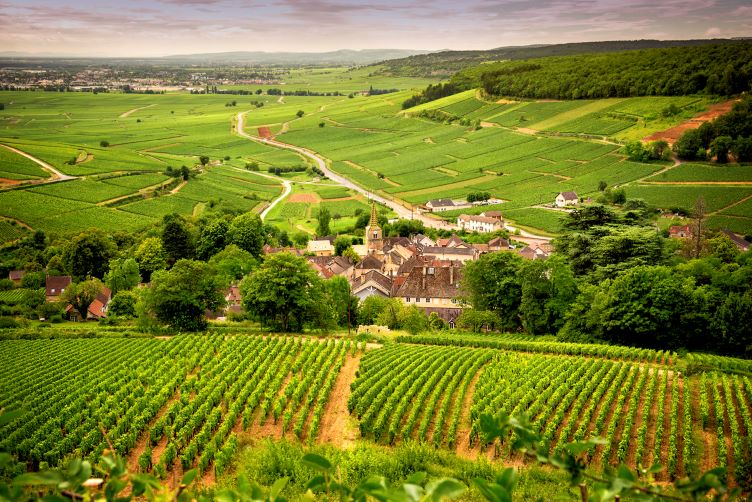
Difference between Chablis and Sancerre Wines
Chablis and Sancerre are both renowned regions in France that produce exceptional white wines. While they may both hail from the country’s renowned wine-producing nation, there are some key differences that set them apart.
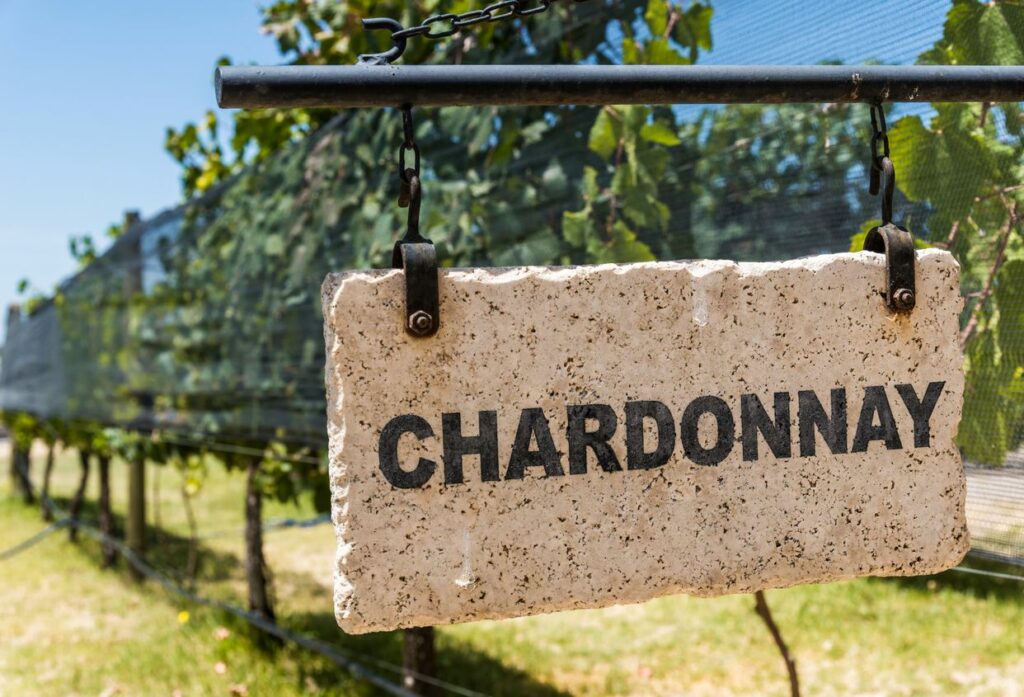
Grape Varieties
One of the primary distinctions between Chablis and Sancerre lies in their grape varieties. Chablis exclusively uses Chardonnay grapes, which gives its wine a distinctively crisp and mineral character. On the other hand, Sancerre is made using Sauvignon Blanc grapes, lending it a vibrant acidity and herbaceous aromas.
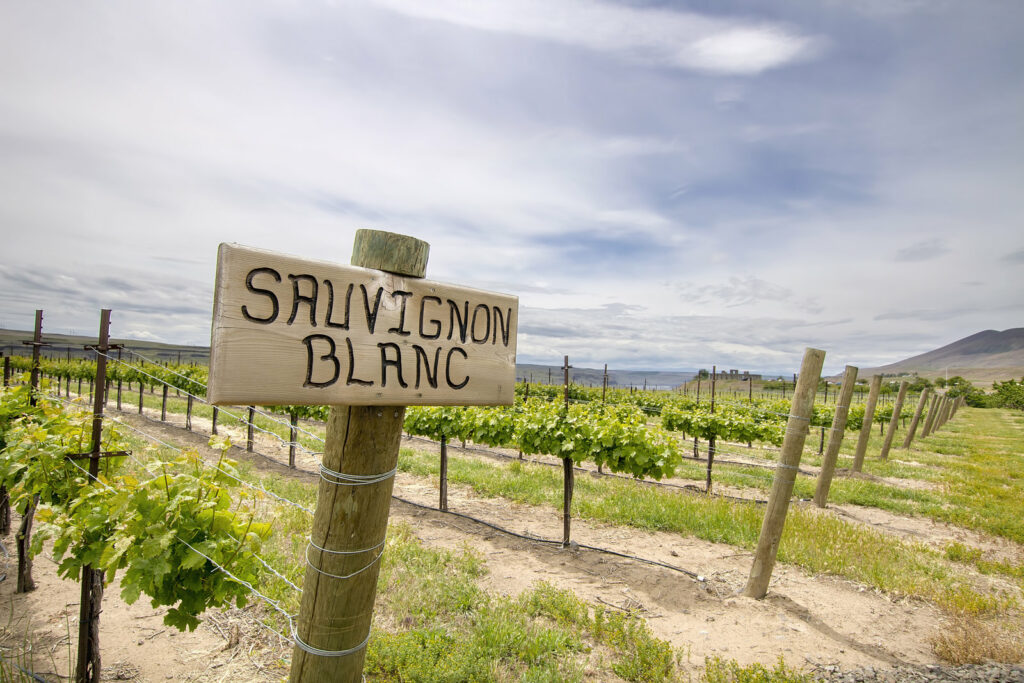
Terroir
Another difference is the terroir of each region. Chablis benefits from its unique location on limestone-rich soils, resulting in steely wines with flinty notes. This terroir influence is known as Kimmeridgian soil – a factor that elevates Chablis’ reputation for producing some of the finest white wines worldwide. In contrast, Sancerre’s vineyards sit atop clay and chalky soils, which impart more fruit-driven flavors to its wines.
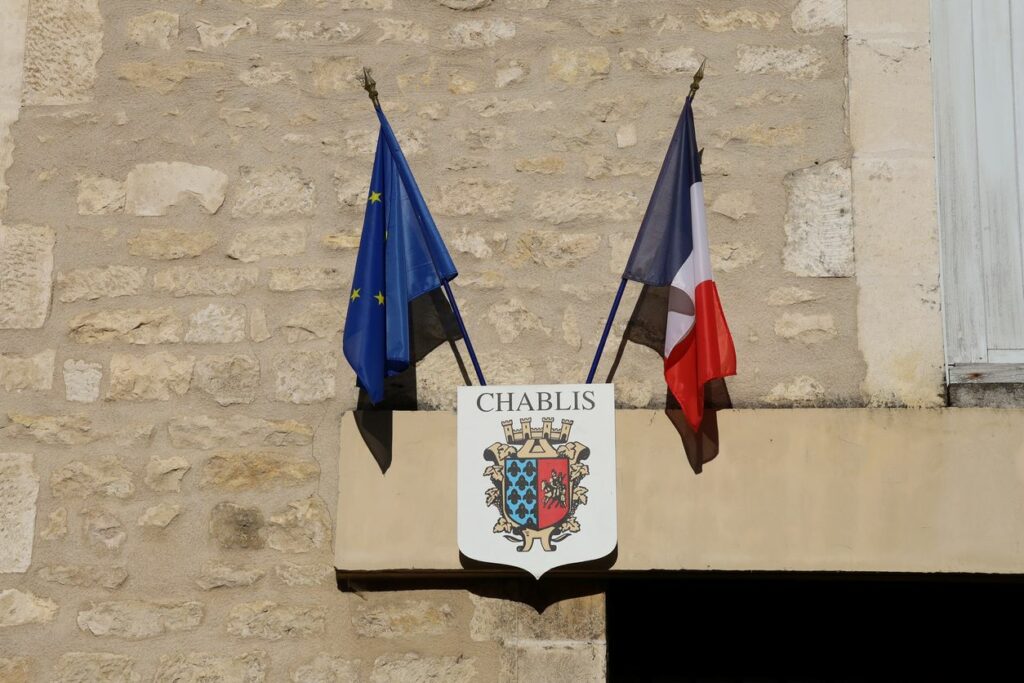
Oak ageing vs ageing in steel tanks
When comparing Chablis and Sancerre wines, one of the main factors to consider is their aging process. Chablis is known for its unoaked character, allowing the true expression of its mineral-rich terroir to shine through. This means that the wine is aged in steel tanks, preserving its crispness and freshness. On the other hand, Sancerre wines can be aged in oak barrels or steel tanks, giving winemakers more flexibility in creating a range of styles. Oak aging lends Sancerre a richer texture and adds layers of complexity to its flavor profile.
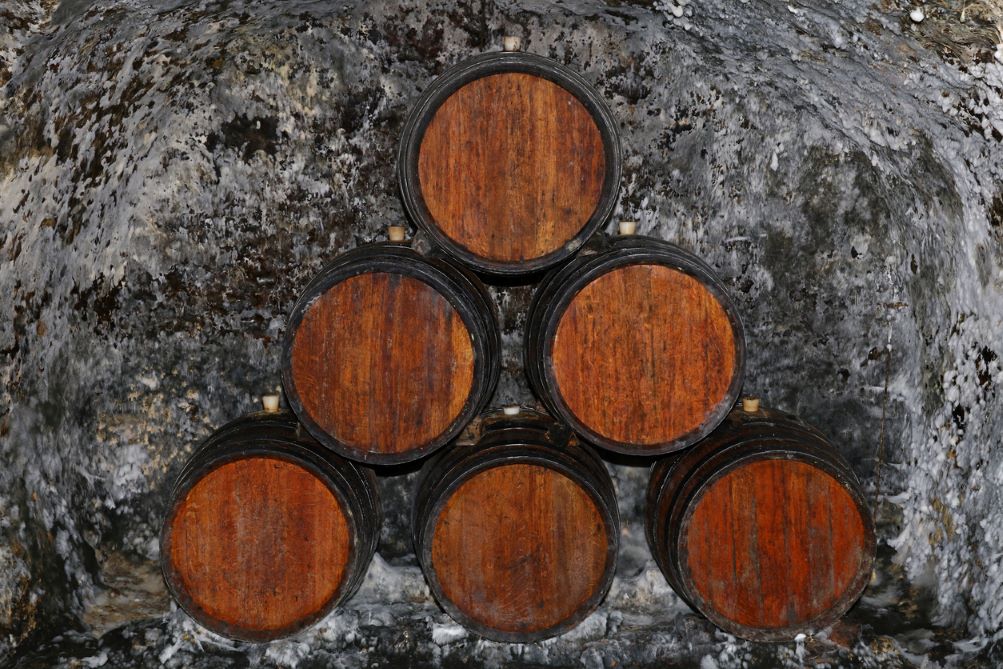
Overall, while these two regions may be known for crafting exquisite white wines, their distinctive grape varieties and terroirs provide unique flavor profiles that cater to different palates. Whether you prefer the minerality of a Chablis or the lively freshness of a Sancerre, exploring each region’s offerings unlocks a world of sensory delights worth indulging in again and again.
Understanding Chablis Wines
Chablis wine, originating from the Burgundy region in France, is renowned for its distinct character and unparalleled charm. Made exclusively from Chardonnay grapes grown in the Chablis vineyards, this white wine embodies elegance and finesse. Its unique terroir of limestone-rich soil imparts a mineral quality to the wine, giving it a distinct taste that sets it apart from other Chardonnays.
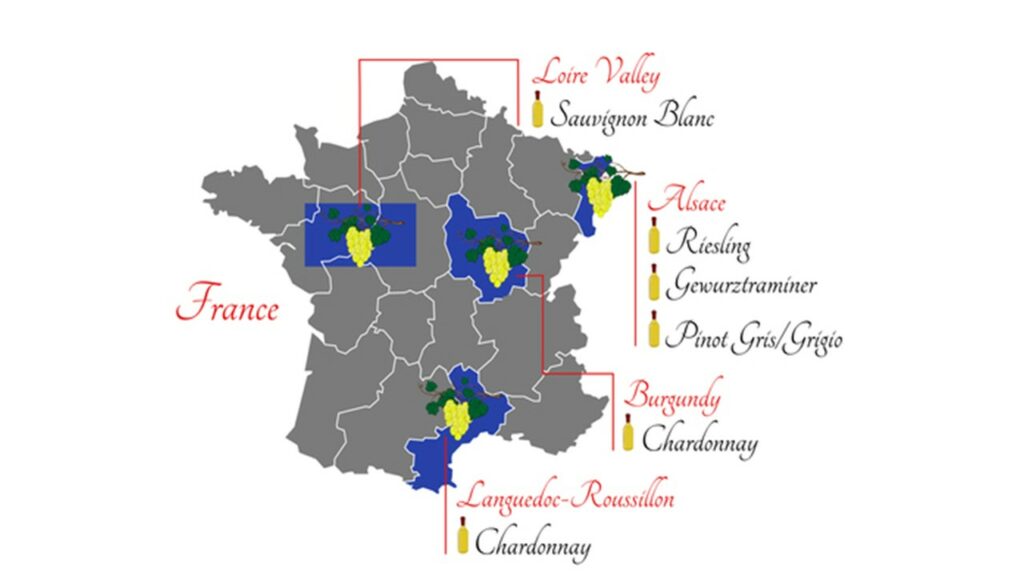
What makes Chablis truly exceptional is its classified hierarchy, which includes four different appellations: Petit Chablis, Chablis, Premier Cru, and Grand Cru. Each appellation offers a different level of complexity and intensity. Petit Chablis serves as an excellent entry point for those new to the world of Chablis wines. With its vibrant acidity and crisp citrus flavors, it perfectly complements light seafood dishes or can be enjoyed on its own.

As one moves up the hierarchy to higher classification levels such as Premier Cru and Grand Cru, the flavors become more intense and complex. Premier Crus exhibit additional layers of minerality along with delicate floral notes that enhance their overall structure. On the other hand, Grand Crus are considered to be the epitome of excellence in terms of depth and concentration. With their rich texture, notes of ripe fruits, and pronounced mineral qualities interwoven seamlessly together—a glass of Grand Cru truly offers an extraordinary experience to any wine enthusiast.
Understanding Sancerre Wine
Sancerre wine is a white wine that hails from the Loire Valley in France, specifically from the region of Sancerre. It is made primarily from the Sauvignon Blanc grape variety and is known for its vibrant acidity and intense aromatics. Its unique terroir, characterized by chalky limestone soils and a cool climate influenced by the nearby Loire River, imparts distinct characteristics to Sancerre wines.
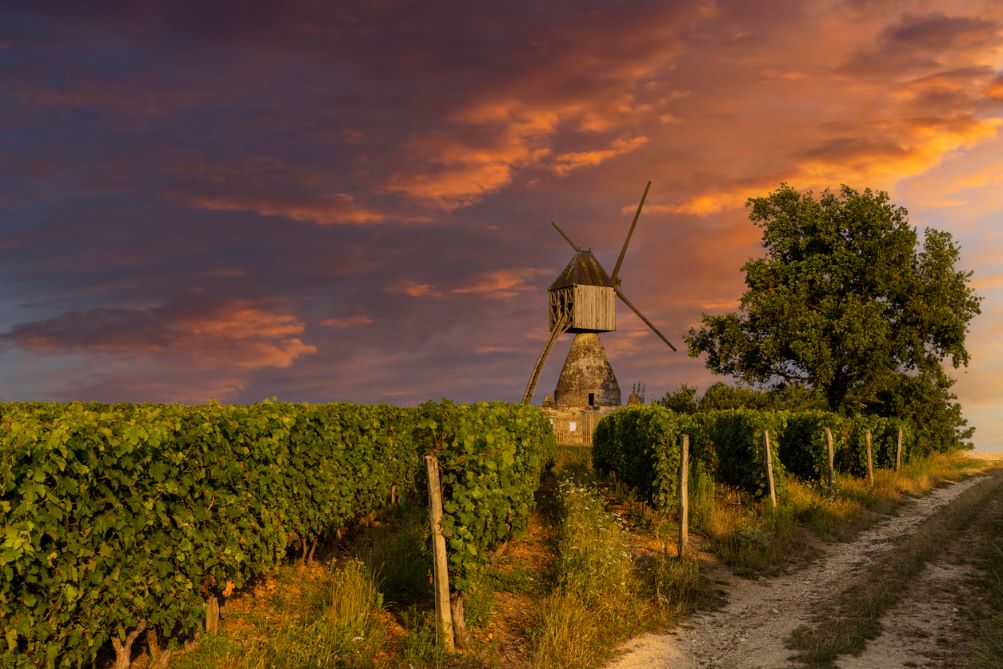
One fascinating aspect of Sancerre wine is its ability to age gracefully. While it can be enjoyed young with its expressive notes of citrus, green apple, and gooseberry, over time, it develops more complex flavors such as honey, flinty minerality, and even a touch of smokiness. This aging potential sets Sancerre apart from other Sauvignon Blanc wines produced around the world.
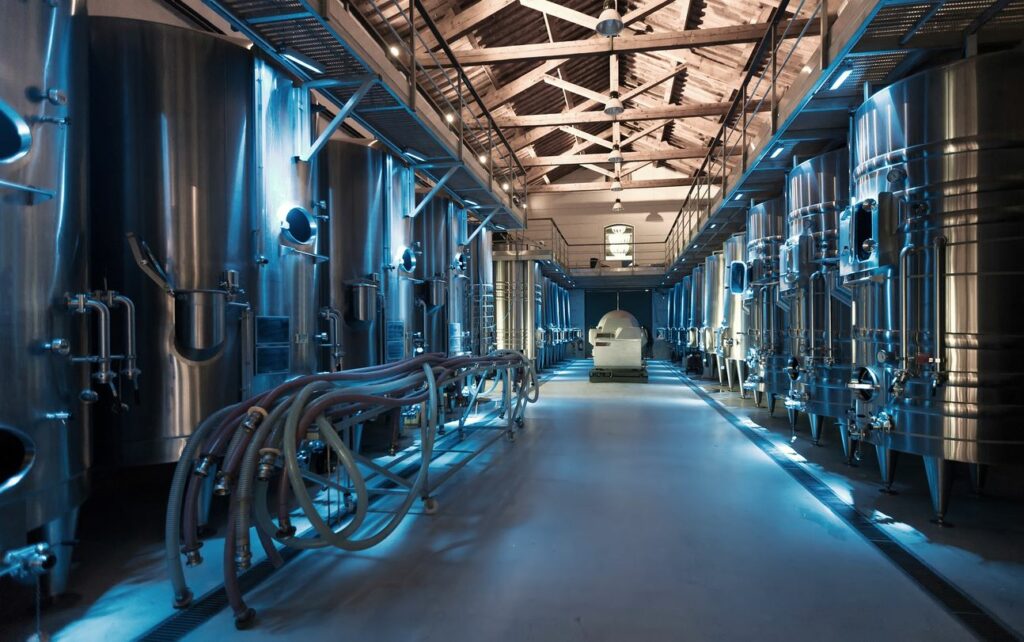
Additionally, Sancerre showcases different styles due to winemaking techniques employed by individual producers. Some opt for stainless steel fermentation to preserve freshness and fruitiness while others prefer oak barrel aging to add depth and texture. These stylistic variations offer wine enthusiasts an exciting array of choices when exploring Sancerre wines.
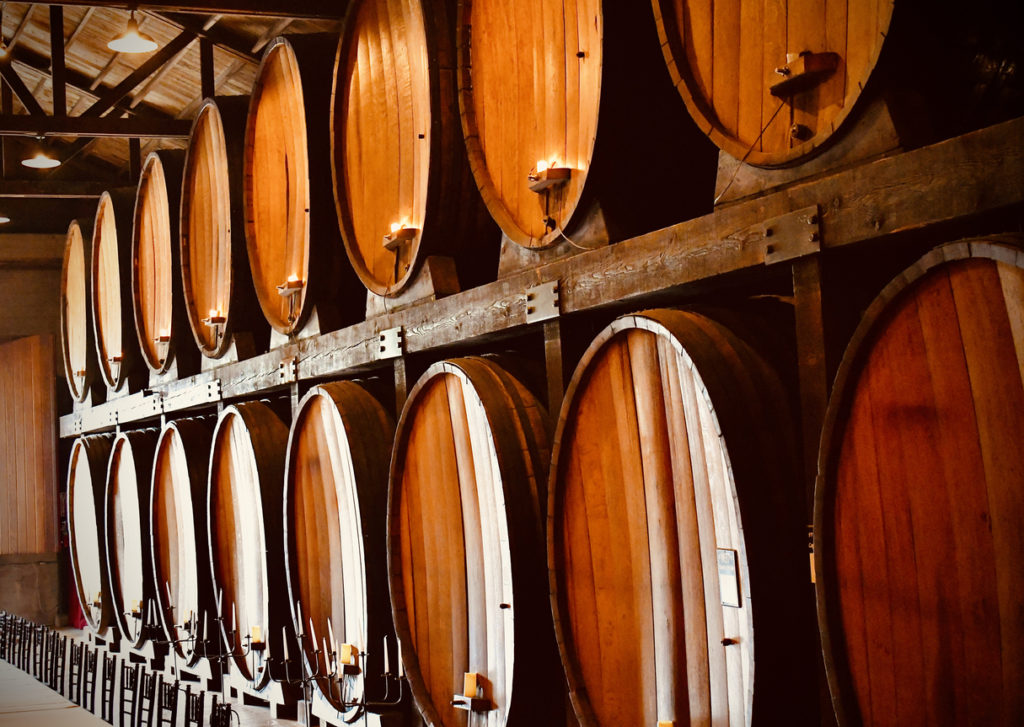
In essence, Sancerre wine presents us with an intriguing exploration into the world of Sauvignon Blanc. Its distinctive terroir gives rise to wines imbued with invigorating acidity and enticing aromas while also offering complexity with age. Moreover, the diversity in winemaking practices adds another layer of excitement to this already captivating wine region.
Flavor of Chablis vs Sancerre Wine
When it comes to Chablis and Sancerre wines, one cannot help but marvel at the distinct flavors each region offers. Chablis, hailing from the Burgundy region of France, greets the palate with its crisp acidity and vibrant citrus notes. This wine is often described as flinty, with hints of green apple and lemon zest that intertwine harmoniously. On the other hand, Sancerre wines from the Loire Valley showcase a more herbaceous character. With its lively acidity and intense minerality, Sancerre wines boast flavors of fresh-cut grass, tangy grapefruit, and sometimes a subtle touch of elderflower.
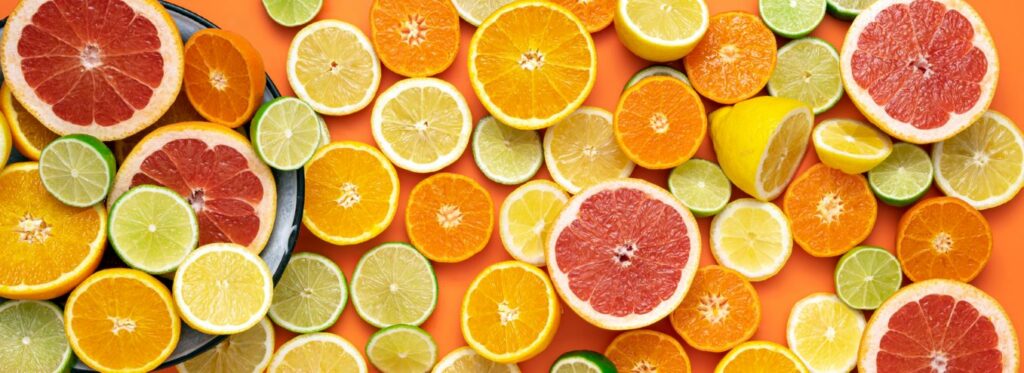
While Chablis exemplifies purity and precision in its flavors, Sancerre provides a unique herbal flair that sets it apart. The chalky soil characteristic of both regions undoubtedly influences these wines’ taste profiles but in different ways. In Chablis vineyards, Kimmeridgian limestone imparts minerality to the grapes while also retaining heat throughout the day. A crucial factor for ripening these cool-climate grapes fully. In contrast, Sancerre enjoys a more continental climate with less sun exposure due to rolling hillsides covered in stony soils called silex. This combination yields grapes that develop higher levels of tartaric acid and aromatic compounds—hence Sancerre’s distinctive herbaceous edge.
Food pairing of Chablis vs Sancerre Wine
When it comes to food pairing, Chablis and Sancerre wines offer two distinct flavor profiles that can enhance a wide range of dishes. Chablis, with its crisp acidity and subtle mineral notes, pairs beautifully with seafood such as oysters, scallops, and prawns. The wine`s bright citrusy undertones complement the delicate flavors of shellfish, creating a balanced and refreshing combination.
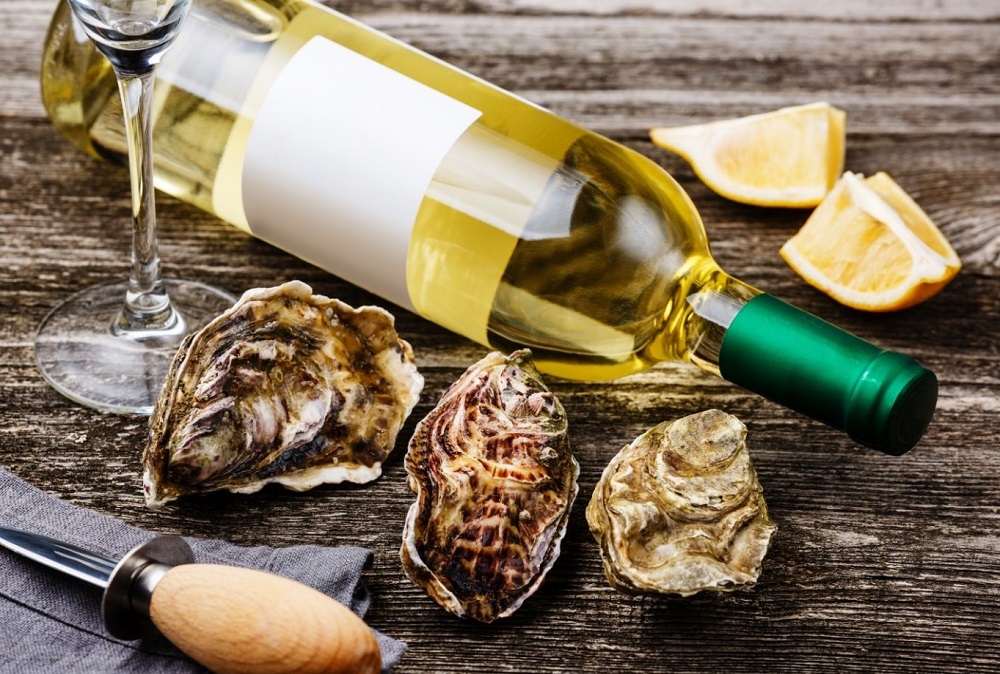
Alternatively, Sancerre wine presents a more herbaceous and fruity character that pairs with a variety of dishes. Its vibrant acidity makes it an excellent choice for rich goat cheese or creamy risottos. The wine’s zesty lemon-lime flavors also lend themselves well to lighter fare like salads or grilled vegetables. The contrast between the fruitiness of the wine and the savory elements in these dishes creates harmony on the palate.
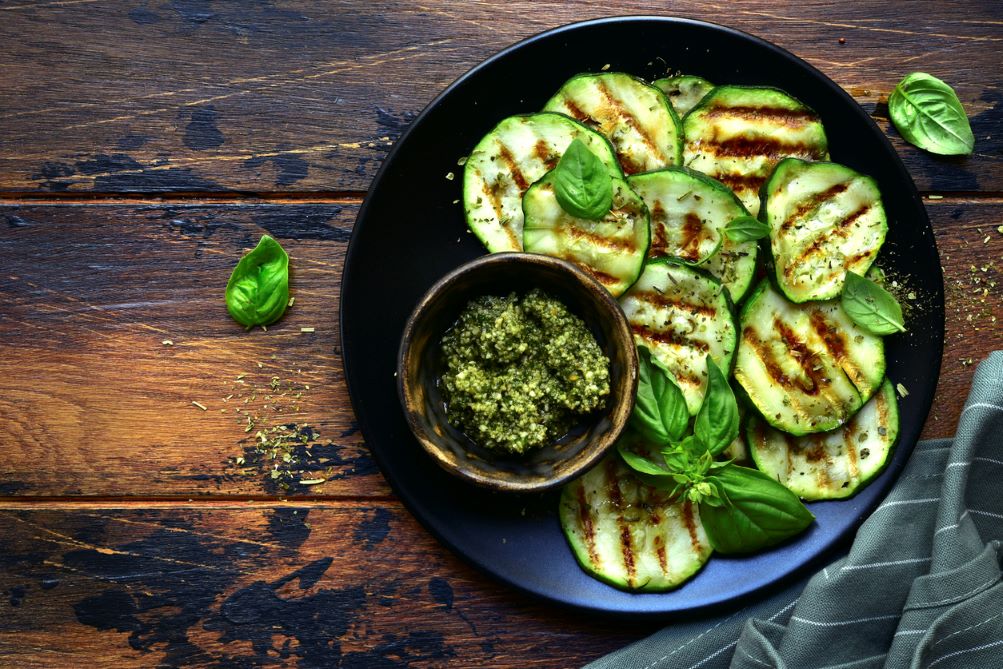
Both Chablis and Sancerre wines have their unique qualities that make them versatile options when it comes to food pairing. Understanding their flavor profiles can help you create delightful combinations that bring out the best in your culinary creations.
How to serve Chablis vs Sancerre Wine
When it comes to serving Chablis and Sancerre wines, there are a few key factors to consider that will elevate your tasting experience. First, temperature is crucial. Serve Chablis at around 48-54 degrees Fahrenheit, allowing its crisp acidity and citrus flavors to shine through. On the other hand, Sancerre benefits from being slightly cooler, between 46-52 degrees Fahrenheit. This temperature helps to enhance its vibrant herbaceous notes and mineral undertones.
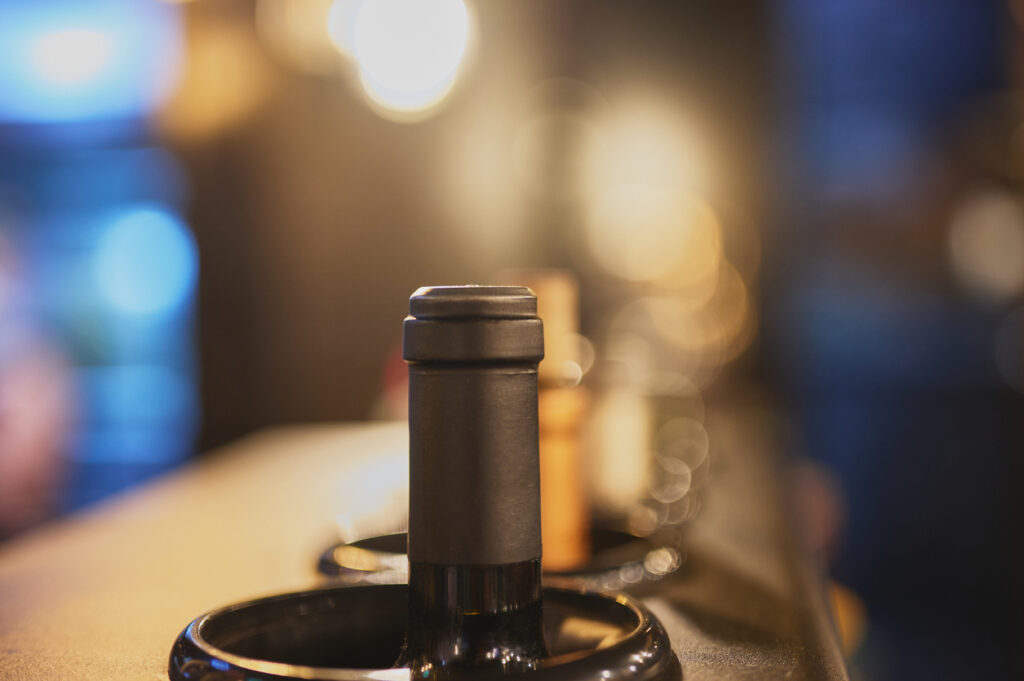
Next, choosing the right glassware can have a significant impact on how you perceive these wines. Opt for tulip-shaped glasses with narrow openings when serving Chablis. This shape helps contain its delicate aromas while focusing them toward the nose. For Sancerre, a more traditional white wine glass with a slightly wider bowl will allow the wine’s herbal scents to fully express themselves.
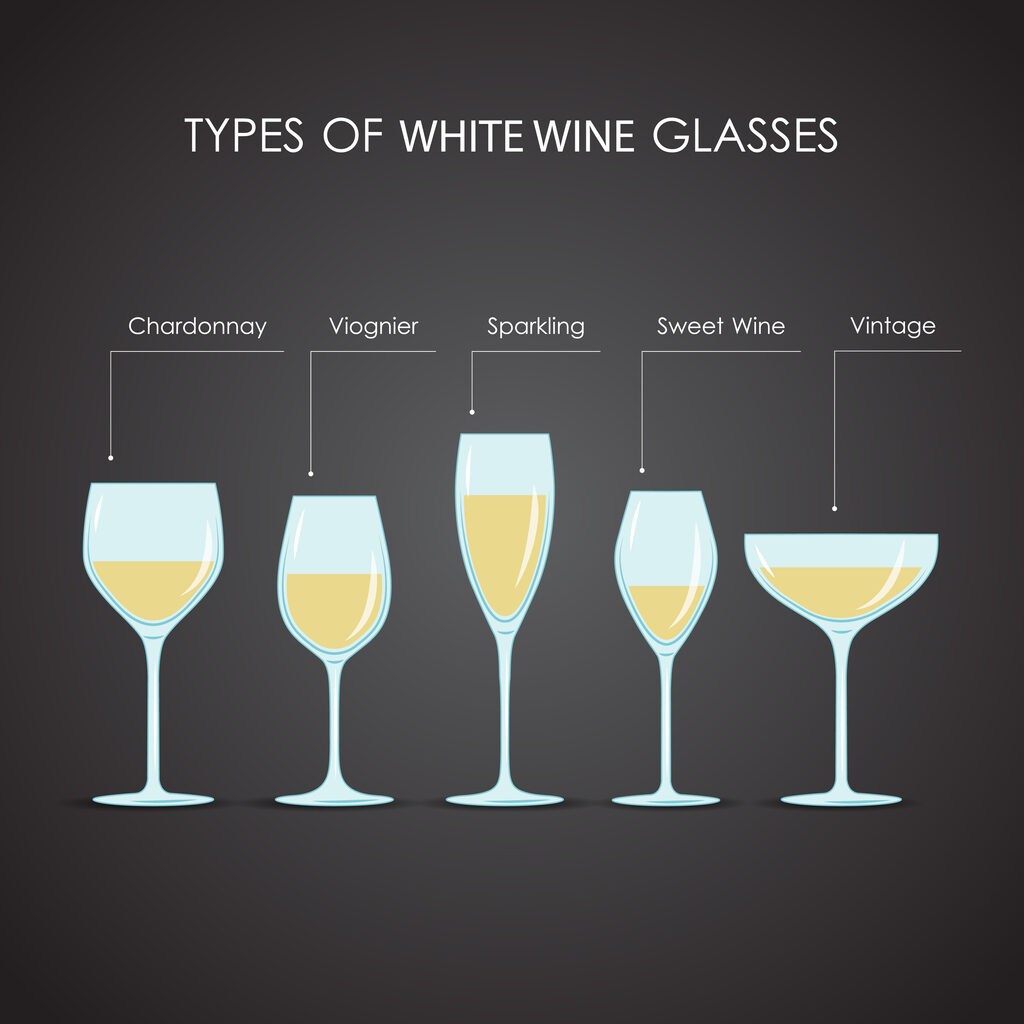
Conclusion
In conclusion, while both Chablis and Sancerre are popular French white wines, they have distinct differences that set them apart. Wine enthusiasts love Chablis for its flinty and mineral-driven flavors, with a crisp acidity that pairs well with seafood dishes. On the other hand, Sancerre offers a more fruit-forward profile, often with notes of citrus and tropical fruits. This makes it a great match for lighter fare like salads or goat cheese. Despite these disparities, both wines showcase the unique characteristics of their respective terroirs in Burgundy and the Loire Valley.

